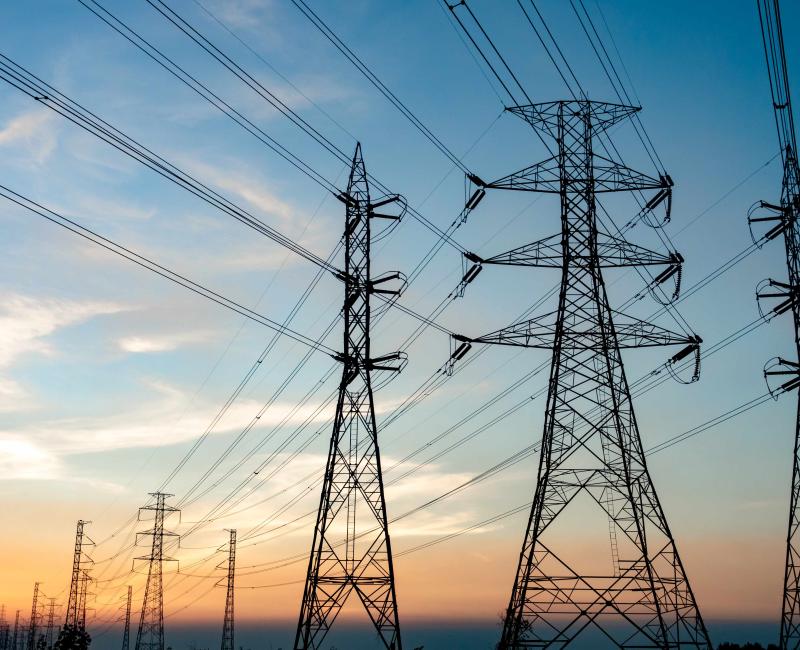Compensation surged for grid operators covering losses from cross-border transit flows in 2022

Compensation surged for grid operators covering losses from cross-border transit flows in 2022
What is it about?
ACER publishes today its report on the implementation of the Inter-Transmission System Operator Compensation Mechanism (ITC) for 2022.
ACER issues these yearly monitoring reports since 2012, as mandated by the relevant Regulation.
What is the ITC mechanism?
The ITC mechanism aims to ensure a fair compensation among Transmission System Operators (TSOs) for the costs of hosting cross-border electricity flows on their networks (e.g. power losses and investments in network infrastructure). This compensation is financed through the ITC Fund, established by the European Network of Transmission System Operators for Electricity (ENTSO-E). European TSOs contribute and receive money from the ITC Fund depending on how much electricity they import and export across their national borders, as well as on the volume of transits they carry through their networks.
ACER is responsible for overseeing the yearly implementation of the ITC mechanism and reporting its findings to the European Commission.
What are the key findings for 2022?
- In 2022, the cost of losses used for the ITC mechanism to calculate the contribution and compensation for each ITC party increased significantly across Europe due to soaring electricity prices. Among the 35 ITC parties, only Belgium, the Netherlands, and Albania reported similar or slightly lower costs of losses compared to 2021.
- This increase led to higher contributions and compensations among ITC parties, resulting in another record-high ITC fund of approximately €605 million. This marked the fourth consecutive year of setting record values, with a 66% rise in 2022 compared to 2021.
- Changes in net positions were notable for several ITC parties, with many shifting from a net contributor to a net recipient position or vice versa. These shifts confirm previously observed trends of unstable and unpredictable net positions, mainly arising from fluctuating flow patterns across Europe and year-to-year volatility of losses and costs.
- The distribution of net compensations and contributions was concentrated in a few countries. Specifically, five ITC parties (Switzerland, Poland, Denmark, Great Britain and Estonia) received almost two-thirds of the total net compensation, while two ITC parties (Italy and Norway) accounted for nearly half of the total net contributions of 2022.
- In 2022, the perimeter countries (i.e. non-participating countries connected to the ITC parties’ networks) contributed with €13 million to the ITC fund, making up 2.2% of its total. This low contribution was due to the record-high ITC fund and to reduced scheduled flows between the perimeter countries and the ITC parties.
- ACER’s report also highlights shortcomings in data accuracy and timeliness in implementing the ITC mechanism and emphasises the need for increased data auditing efforts, calling for greater transparency in determining loss values and input data, as well as for stricter enforcement of contractual deadlines. ACER reiterates its recommendations to ENTSO-E, TSOs and National Regulatory Authorities (NRAs) for methodological improvements in handling losses within the ITC mechanism. These include:
- increasing the frequency of snapshots for loss estimation,
- using liquid forward-market prices to estimate the cost of losses, and
- introducing ex-post reconciliation processes to account for transit loss costs.
Further considerations
ACER acknowledges energy regulators’ recent commitment to conduct a comprehensive review of the cost-benefit sharing mechanisms with the aim of improving current regulatory approaches to better share the costs and benefits of electricity network infrastructure arising from cross-border trade.


